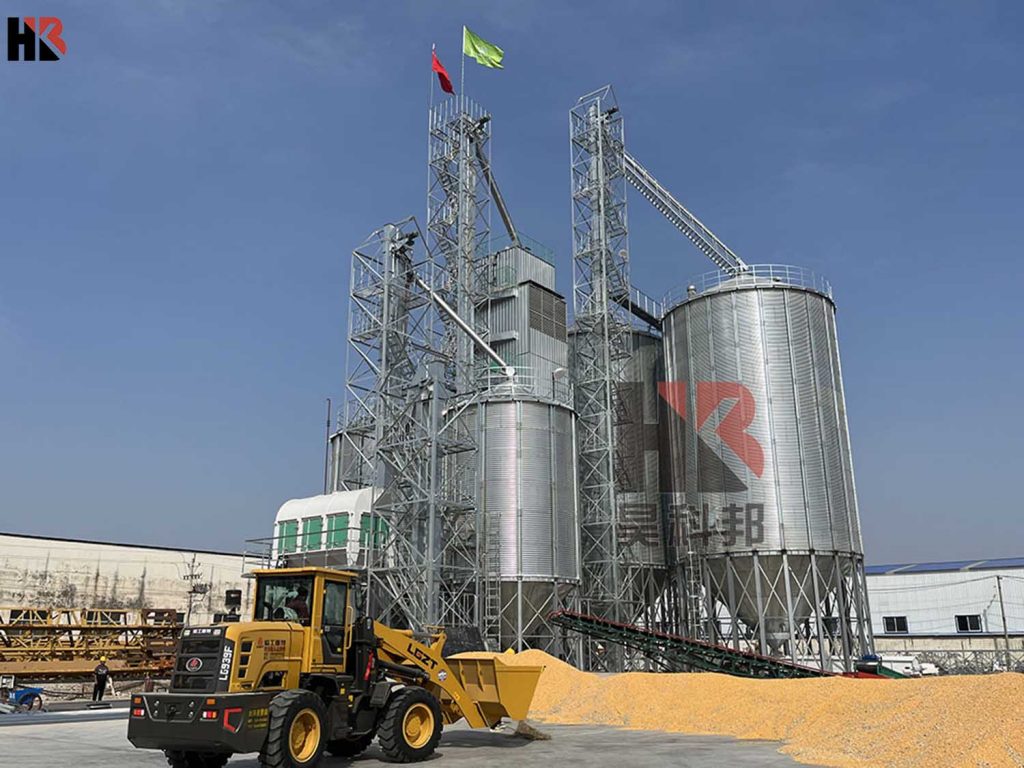The scientific selection of grain silo type requires a comprehensive consideration of storage duration, material characteristics, regional climate, and technical needs. This approach helps avoid losses due to mold or wasted construction costs from improper selection.

For grain trading companies or seasonal storage needs, steel silos are the top choice in the scientific selection of grain silo type. With modular assembly (installation period ≤30 days), their lightweight structure supports quick expansion for flexible storage during peak rice - purchasing seasons.
National reserve depots or large - scale processing enterprises should focus on life - cycle costs. Concrete silos have a design life of over 50 years.
When storing powdered materials like flour or feed additives, the scientific selection of grain silo type should prioritize anti - static coatings (surface resistance ≤1×10⁶Ω) and explosion - venting openings to prevent dust explosion risks.
For high - moisture crops like paddy and soybeans, silos need to integrate drying towers (daily capacity ≥200 tons) and moisture - equalizing systems to keep grain - pile moisture below the 14% safety line.
In regions with annual rainfall over 1000mm, silos should use double - layer roofs (slope ≥30°) and EPDM waterproof membranes to prevent local mold from rainwater seepage.
For areas with average daily temperatures over 35℃, polyurethane - sandwiched walls (thermal conductivity ≤0.025W/m·K) are recommended. This keeps the internal temperature difference within 5℃, slowing grain aging.
Modern silos should have built - in temperature and humidity sensors (accuracy ±0.5℃) and gas analyzers. These monitor grain - pile conditions in real - time and push early - warning messages via mobile devices.
By linking AI - based image - recognition devices with automatic dosing systems, the scientific selection of grain silo type can trigger circulation fumigation when pest density exceeds limits, achieving a 99% insect - killing rate.